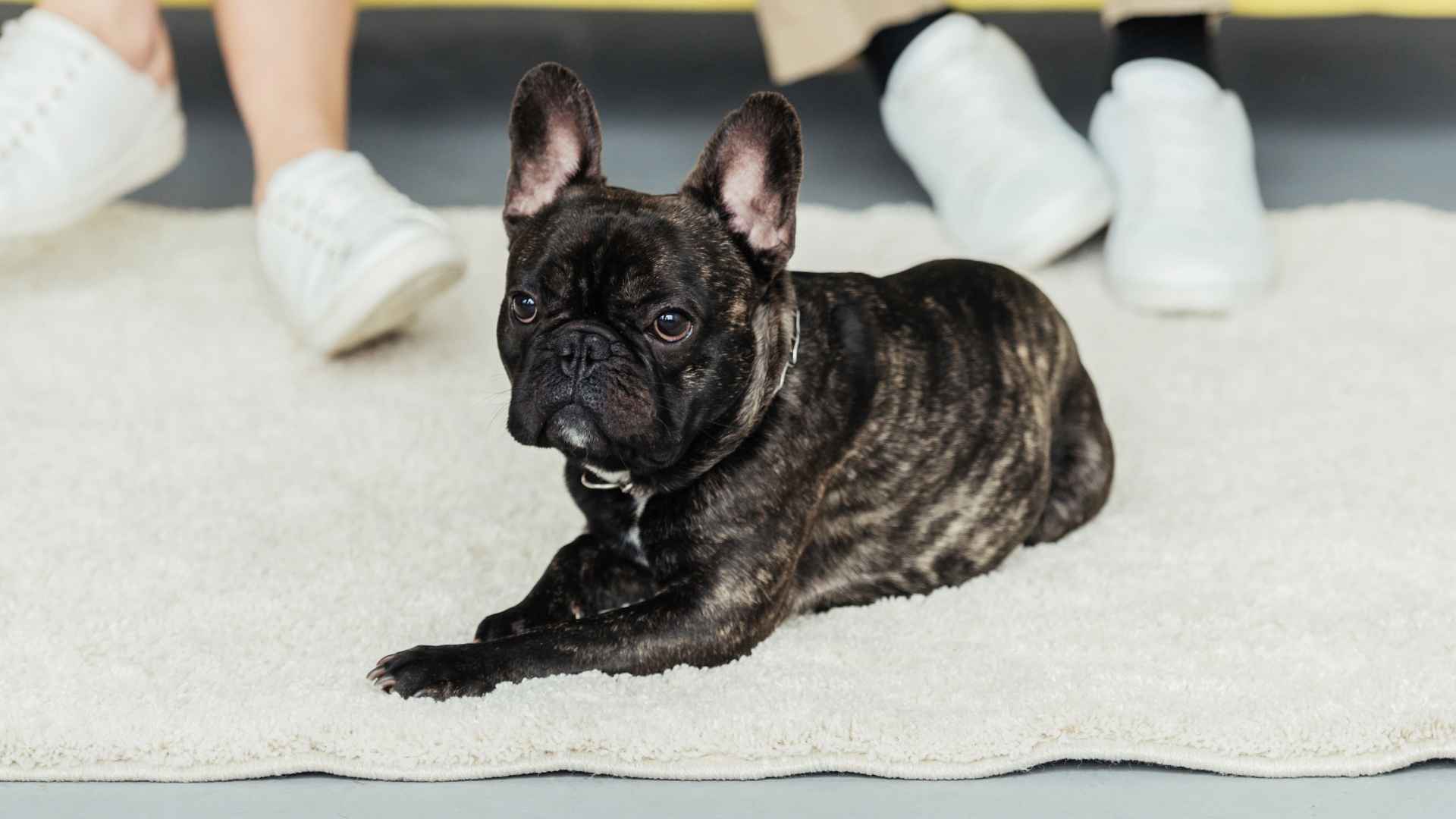Whether it’s for the sake of sleeping neighbors, your own sanity, or simply a peaceful home, not everyone wants a dog that announces every squirrel, doorbell, or passing breeze. While all dogs vocalize from time to time, some breeds are naturally more reserved, making them ideal for households that value calm and quiet.
If you’re living in an apartment with paper-thin walls or just prefer a serene atmosphere without the soundtrack of nonstop barking, the right breed can make all the difference. While training plays a role in managing noise, certain breeds are known for their low-key personalities and minimal vocalizations. These pups won’t start a barking chorus at the sound of rustling leaves—and your neighbors will thank you for it.
In this article, we’ll introduce you to dog breeds that tend to stay quiet, even in stimulating environments. From petite lap dogs to gentle giants, these naturally chill companions are perfect for peaceful homes, noise-sensitive settings, or simply anyone who appreciates a little silence.
Quiet Dog Breeds
1. Basenji
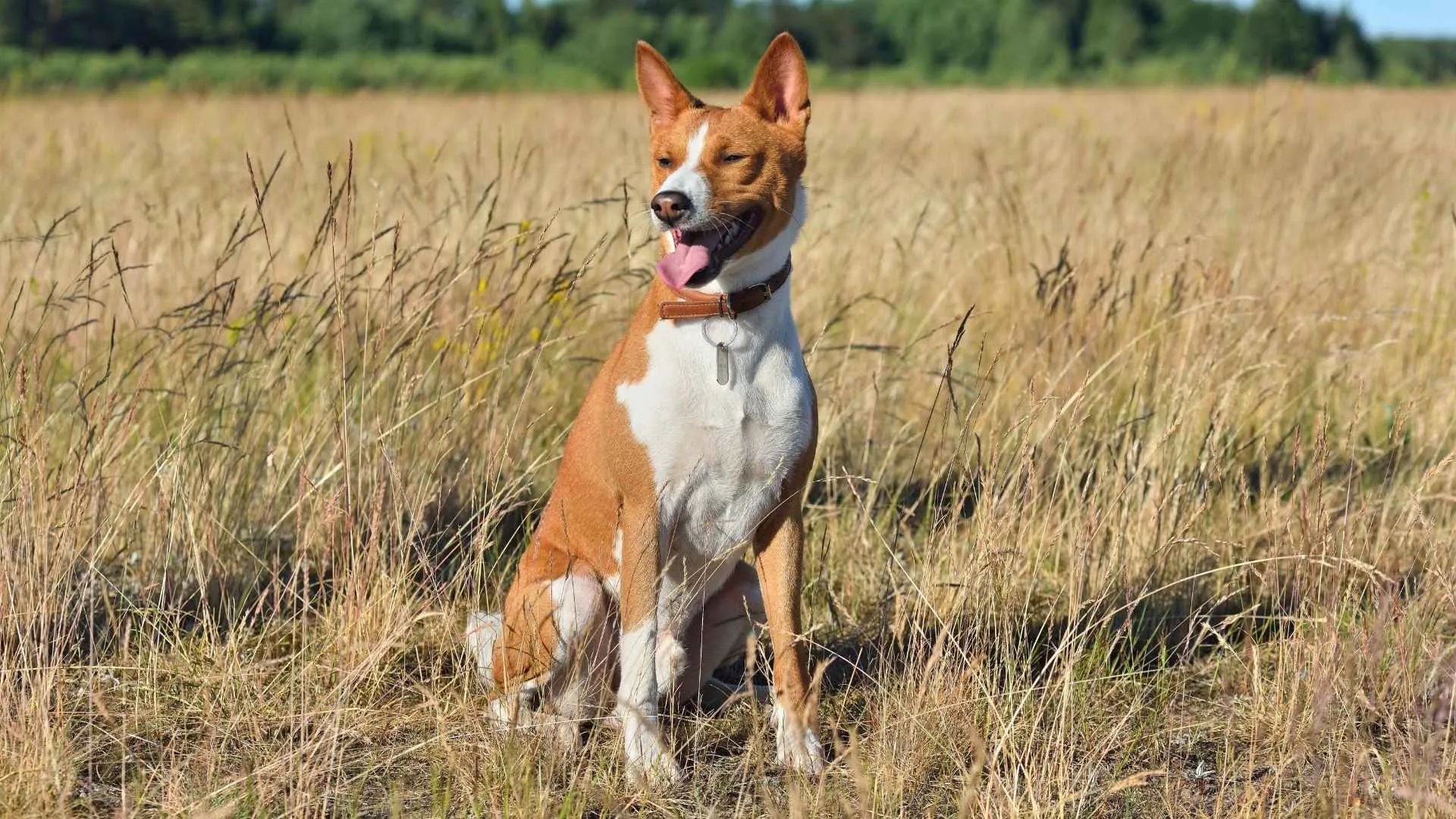
An ancient breed hailing from the dense forests of Central Africa, the Basenji—also known as the Congo Bush Dog, Congo Terrier, or Belgian Congo Dog—is famed as the “barkless dog.” WebMD states that Basenjis are intelligent and self-reliant dogs.
Instead of barking, this small hound communicates through unique yodel-like vocalizations, earning its place among the quietest dog breeds. Originally bred for hunting, it was introduced to the West in the 1930s and gained AKC recognition in 1943.
Basenjis typically stand 16–17 inches tall and weigh between 22–24 pounds, with a lean, muscular frame, tightly curled tail, and a short, fine coat in hues such as red, black, brindle, or tricolor. Their lifespan ranges from 13 to 14 years, and they belong to the Hound group.
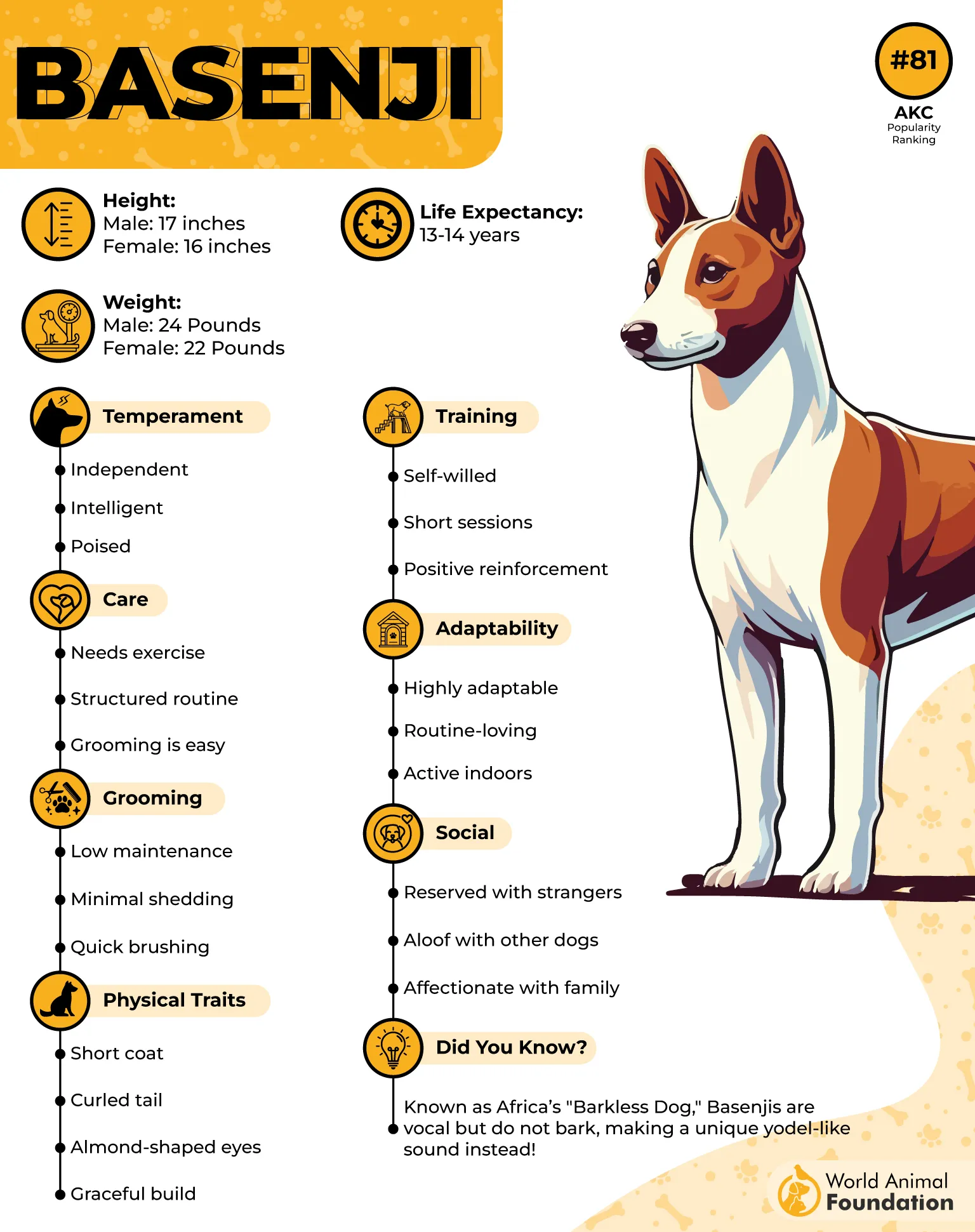
Temperament
Basenjis are known for their independence, intelligence, and cat-like aloofness. They form strong bonds with their families but are not traditionally cuddly. Curious and high-spirited, they require ample mental stimulation and exercise to prevent destructive behavior.
Though they may seem self-contained, they dislike being left alone and may become mischievous. While generally quiet, their rare vocalizations are expressive and endearing. Socialization from an early age helps reduce aloofness and encourages well-adjusted behavior around people and pets.
Fun Fact: The Basenji starred in the film “Good-bye, My Lady” and was revered in ancient Egypt as a companion to pharaohs.
2. Borzoi
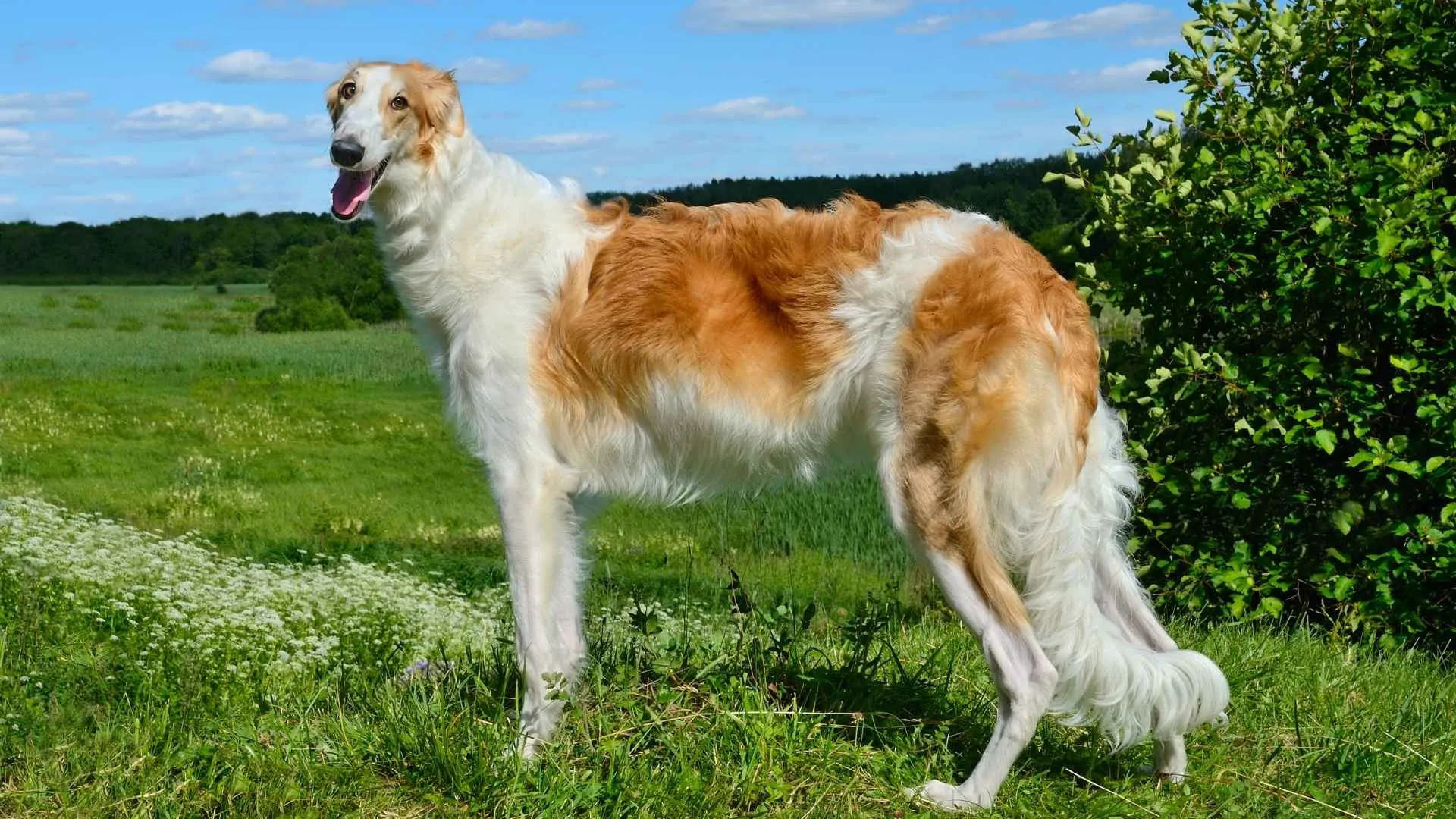
Also known as the Russian Wolfhound, the Borzoi is an elegant and dignified sighthound developed in Russia for pursuing wolves across vast terrain. The American Kennel Club (AKC) specifies that an adult male should measure a minimum of 28 inches at the shoulder and weigh between 75 and 105 pounds.
With a long, narrow frame and a luxurious, flowing coat that can be flat, wavy, or slightly curly, these affectionate dogs combine grace and athleticism. They belong to the Hound Group and have a life expectancy of about 9 to 14 years.
Originally descended from the Arabian Greyhound and a Russian sheepdog, Borzois are built for speed—capable of reaching up to 40 miles per hour—and require open space to stretch their legs. Despite their speed, they’re surprisingly low-maintenance, often found lounging on sofas in quiet contemplation.
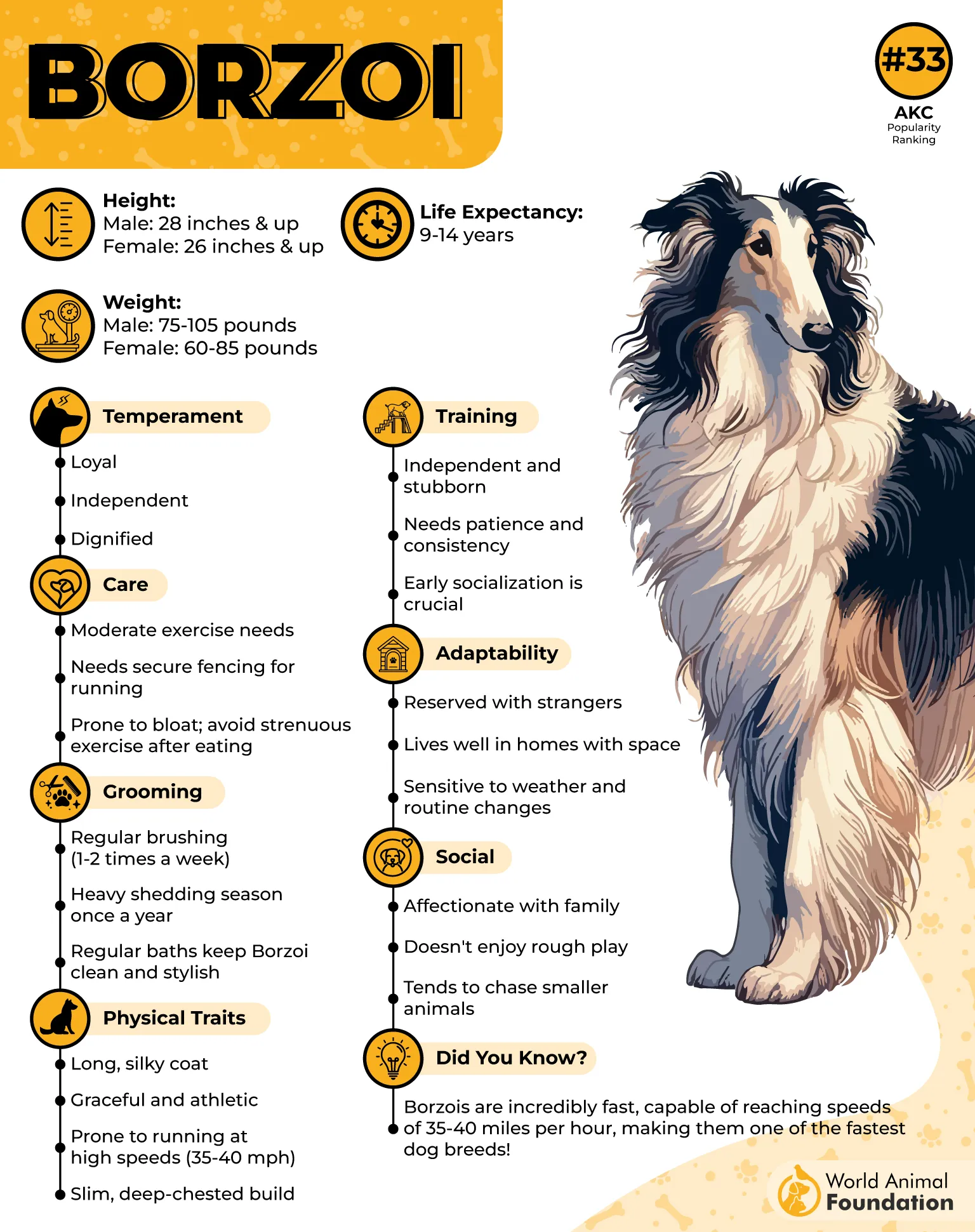
Temperament
Borzois are calm, refined, and reserved, with a personality often described as “catlike.” They’re not prone to barking and generally prefer observing over reacting, making them ideal for peaceful households.
While gentle and affectionate with their families, they can be aloof with strangers. True to their hunting roots, they retain a strong prey drive and may chase small animals, so early training and socialization are essential.
Fun Fact: The Borzoi’s bark was never part of its job description—it was bred for stealth, making its quiet nature a historic trait.
3. French Bulldog
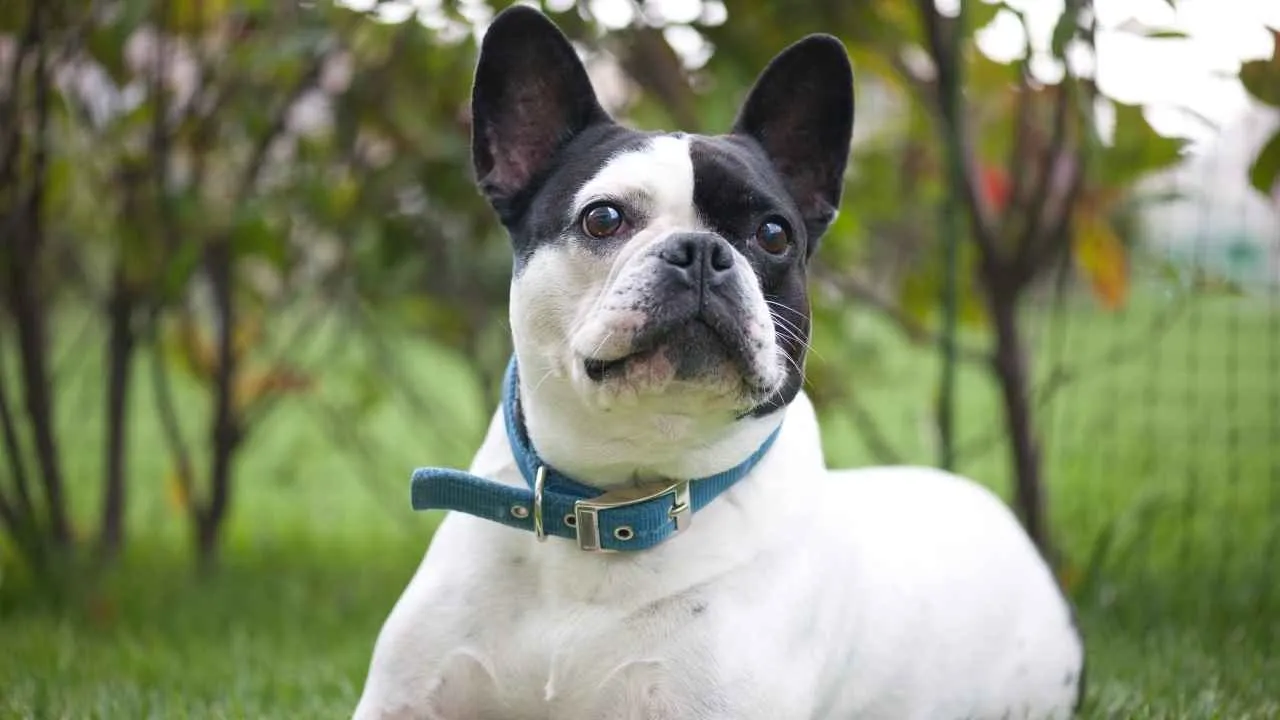
The French Bulldog is also affectionately called the Frenchie. PetMD highlights that their friendly nature, cheerful disposition, and small size have contributed to their rise as one of the most popular dog breeds in the United States.
Developed in 19th-century France as a lap companion, it boasts a compact muscular build, trademark bat ears, and a short, smooth coat. With minimal grooming needs and no excessive energy demands, the Frenchie fits perfectly into apartment lifestyles.
They are often silent observers who prefer lounging on the couch to yapping at every passerby. Though not barky, their brachycephalic (short-snouted) facial structure can lead to charming snorts, wheezes, and even comical snores during naps.
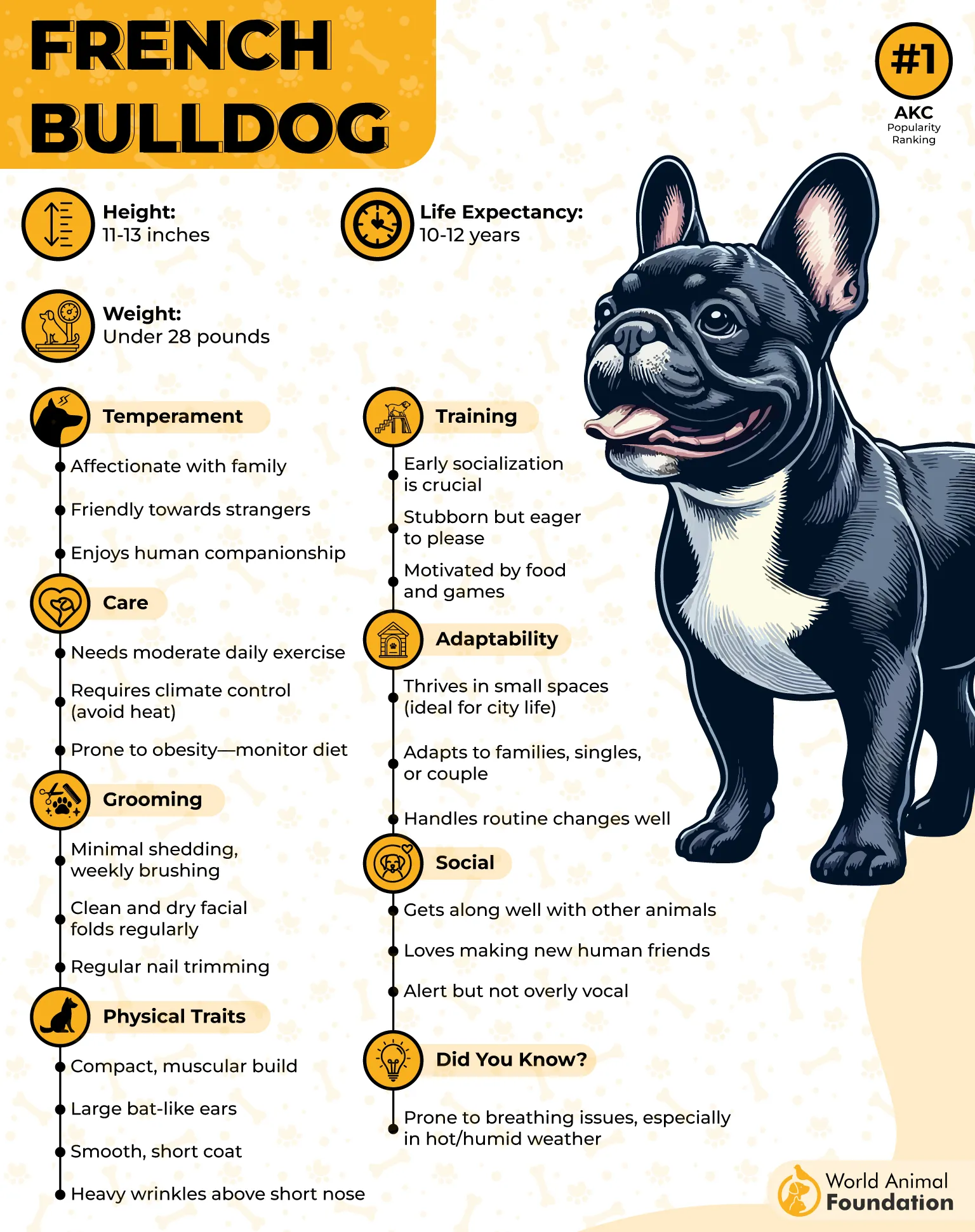
Temperament
French Bulldogs are known for their playful and affectionate nature. They’re alert yet laid-back, making them excellent watchdogs without being noisy. These dogs crave human companionship and adapt well to various households, including singles, couples, and families.
Frenchies tend to get along well with other pets and are not prone to aggression. Their calm demeanor and low exercise requirements make them ideal for quieter environments and close-quarter living.
Fun Fact: A French Bulldog once boarded the Titanic—Robert Daniel’s Frenchie cost him $750, an extravagant price at the time. Sadly, only the owner survived..
4. Scottish Deerhound
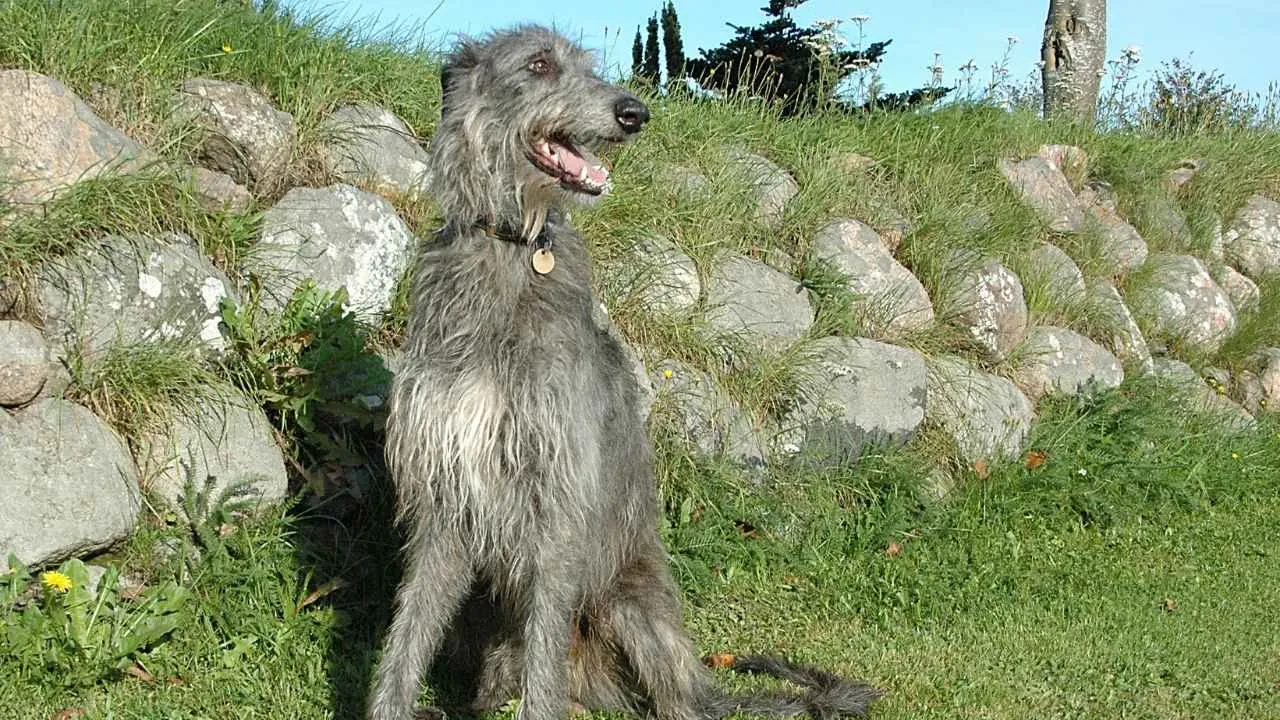
With roots tracing back to 16th-century Scotland, the Scottish Deerhound—also referred to as the “royal dog of Scotland”—was once a prized companion among nobility for its noble demeanor and formidable hunting skills.
Originally bred to hunt red deer in the rugged Scottish Highlands, this sighthound is tall and lean, with males standing 30 to 32 inches and weighing between 85 and 110 pounds. Females are slightly smaller, starting from 28 inches and 75 pounds.
Despite their grand stature and wiry coat in colors like gray, fawn, or brindle, they are incredibly low-maintenance and gentle at heart. With a life expectancy of 8 to 11 years, the Scottish Deerhound belongs to the Hound group and is known for its calm, reserved nature and dignified presence.
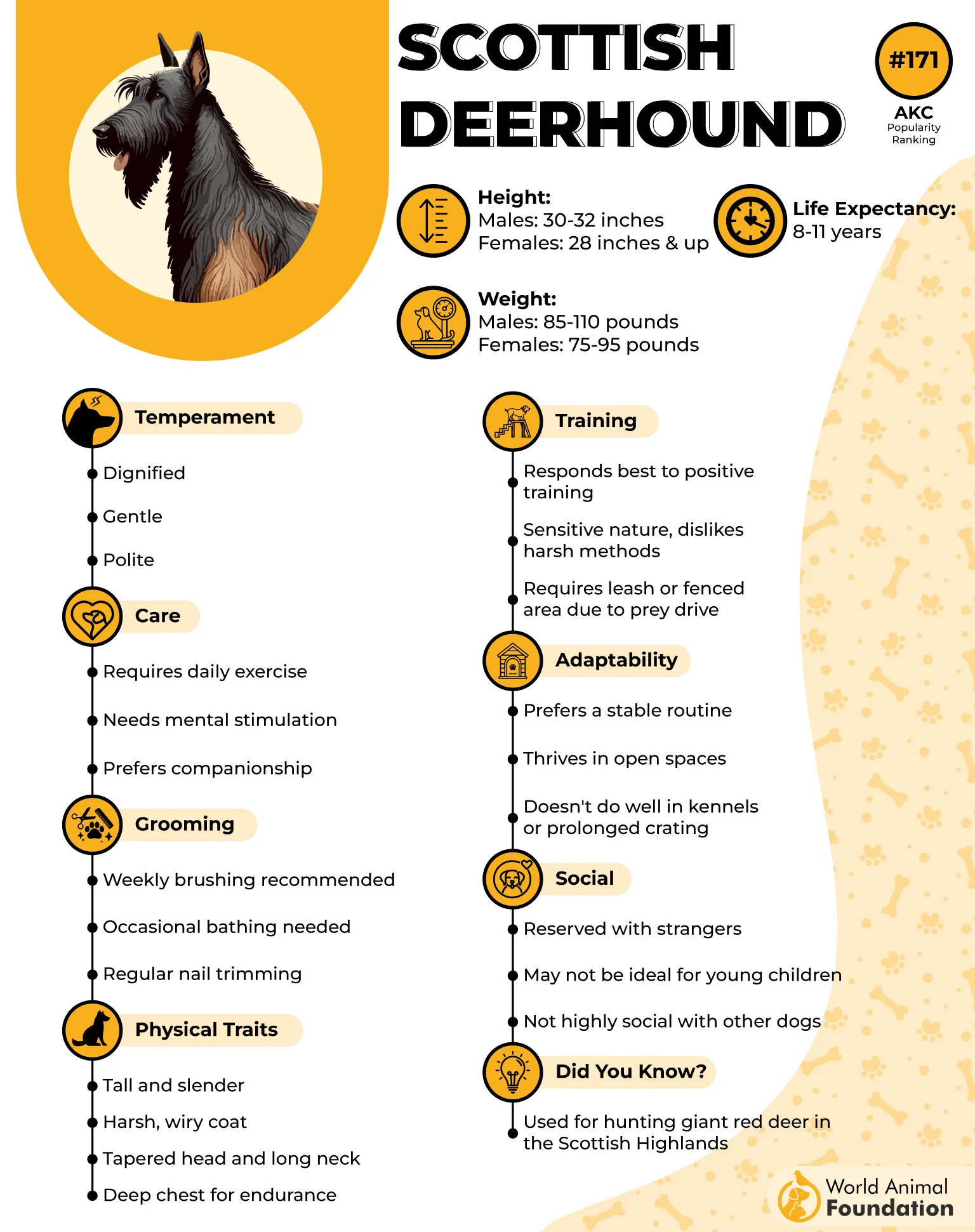
Temperament
This hunting dog breed is a classic example of a quiet companion. Known for their gentle nature and affectionate demeanor, they’re unlikely to bark—even when visitors arrive. They’re not watchdogs by any stretch, but that makes them perfect for peaceful households.
These dogs are dignified and composed, often content to lounge quietly indoors after an outdoor run. Despite their hunting heritage, they are sociable with people and often other pets, though they should be leashed or kept within secure enclosures due to their strong chase instinct.
Fact: DogTime rates the Scottish Deerhound just one out of five on the barking scale, highlighting its naturally quiet nature.
5. Newfoundland
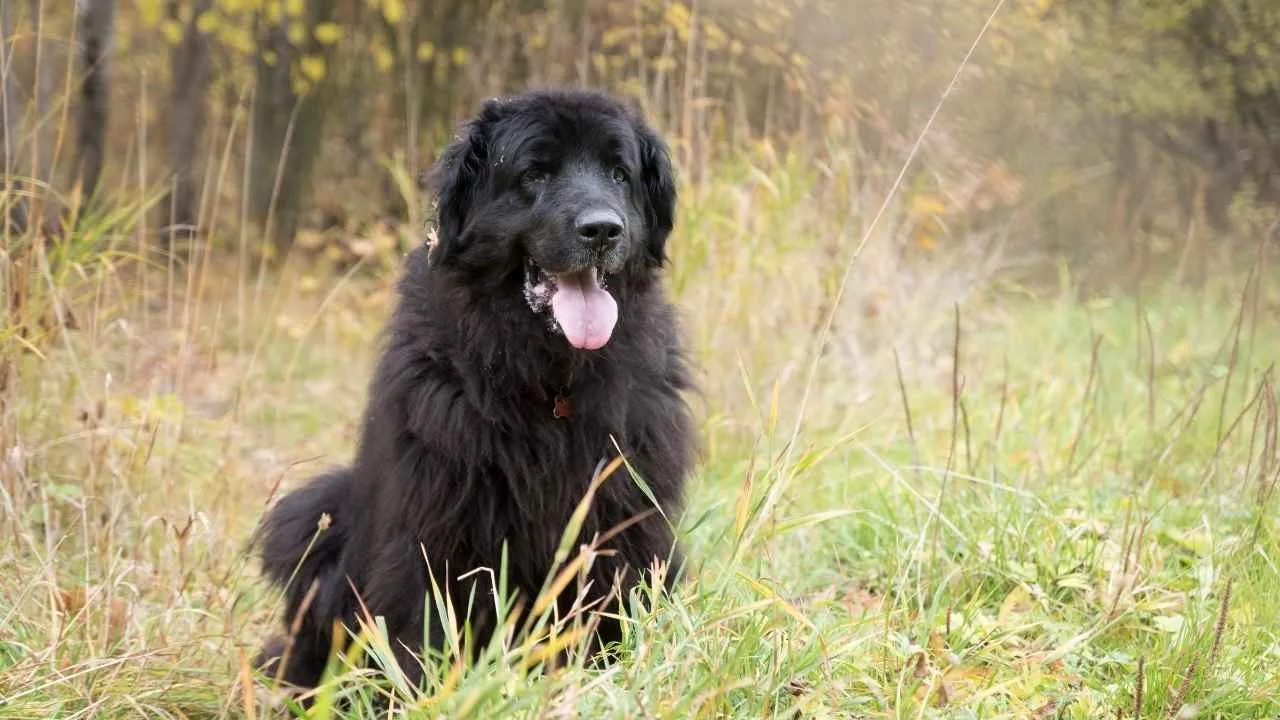
The Newfoundland, affectionately called the “Newf” or “Newfie,” is a massive working dog breed that hails from the island of Newfoundland, Canada. Originally developed in the 17th century from native breeds and the Great Pyrenees, these dogs earned their place as water rescue specialists on fishing boats.
With a height of 26–28 inches and a weight ranging from 100 to 150 pounds, they possess immense strength paired with a remarkably calm demeanor. Their thick, water-resistant double coat—typically black, brown, gray, or black and white (Landseer)—adds to their commanding yet gentle presence.
Despite their size, Newfoundlands are surprisingly apartment-friendly when given enough space and grooming care. Their average lifespan is 9–10 years.
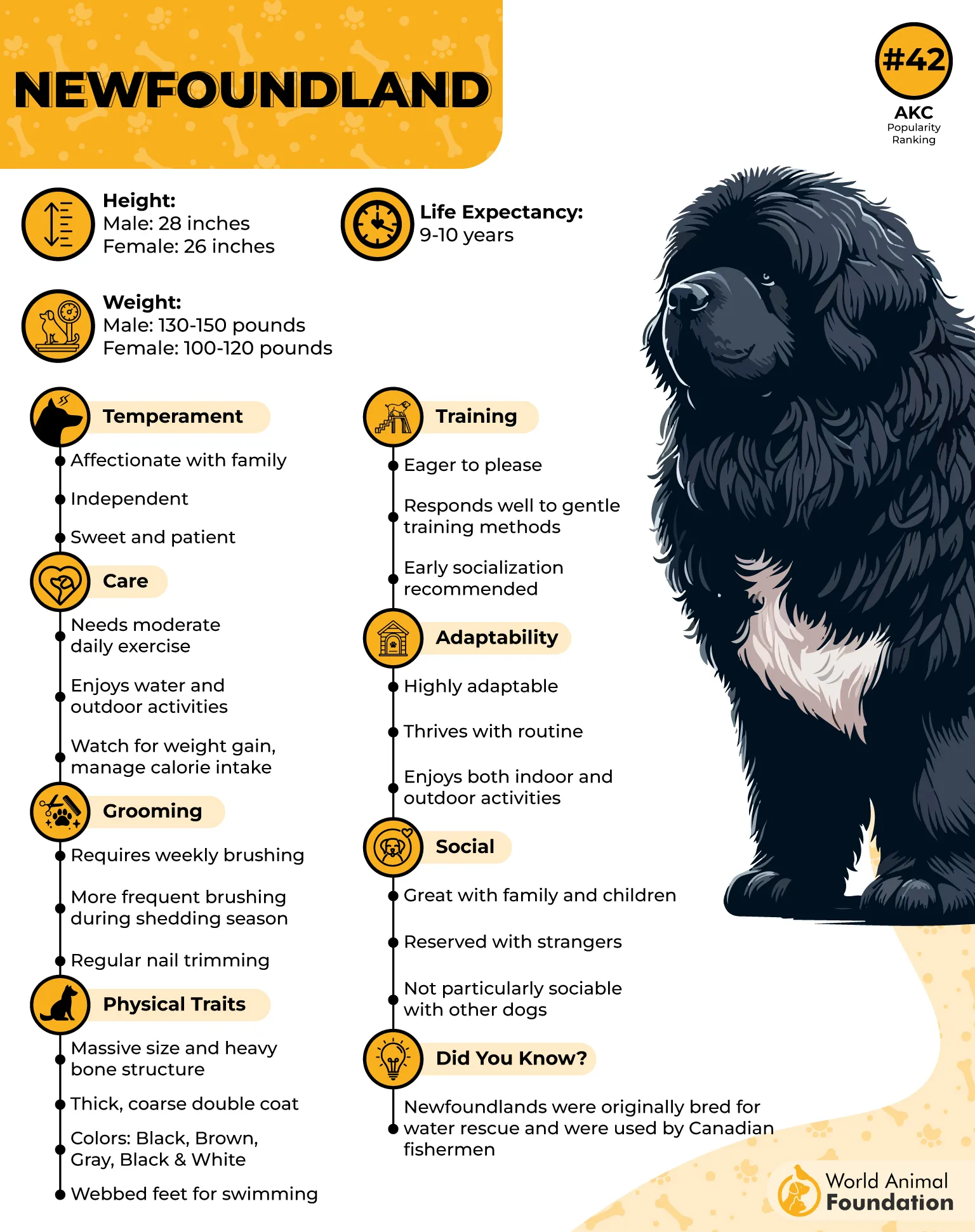
Temperament
These large dogs are renowned for their even-tempered, affectionate nature. They rarely bark without reason, making them an ideal choice for those seeking a peaceful companion. Known as “gentle giants,” they are incredibly loyal, intelligent, and patient, especially around children.
Early socialization helps bring out their best qualities, fostering a calm, well-mannered demeanor. These dogs are sociable and thrive on human interaction, needing daily companionship to stay emotionally balanced.
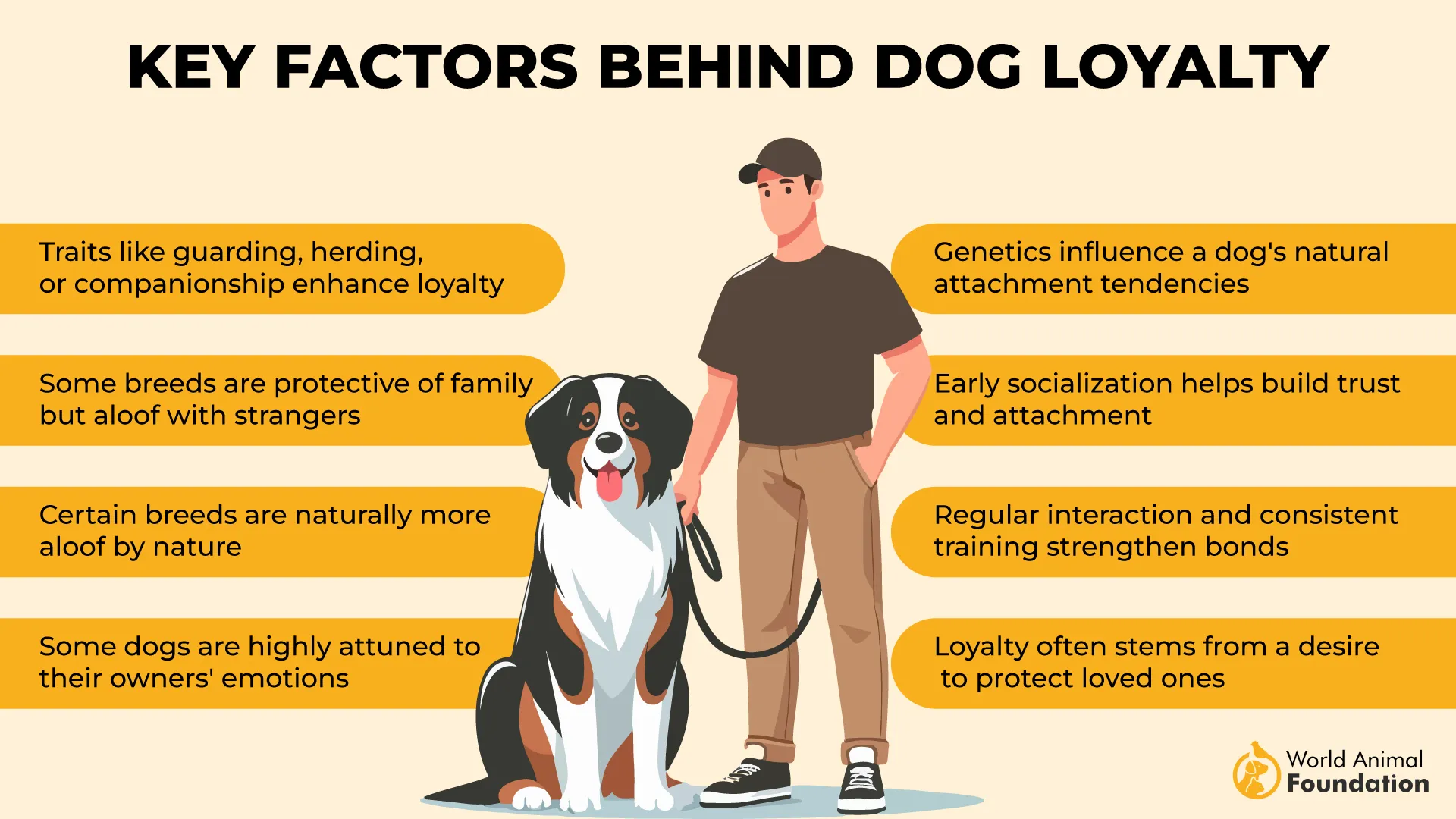
Fact: A Newfoundland named Boatswain was so beloved by the poet Lord Byron that he was honored with a statue and an inscribed poem at Byron’s estate in 1808.
6. Whippet
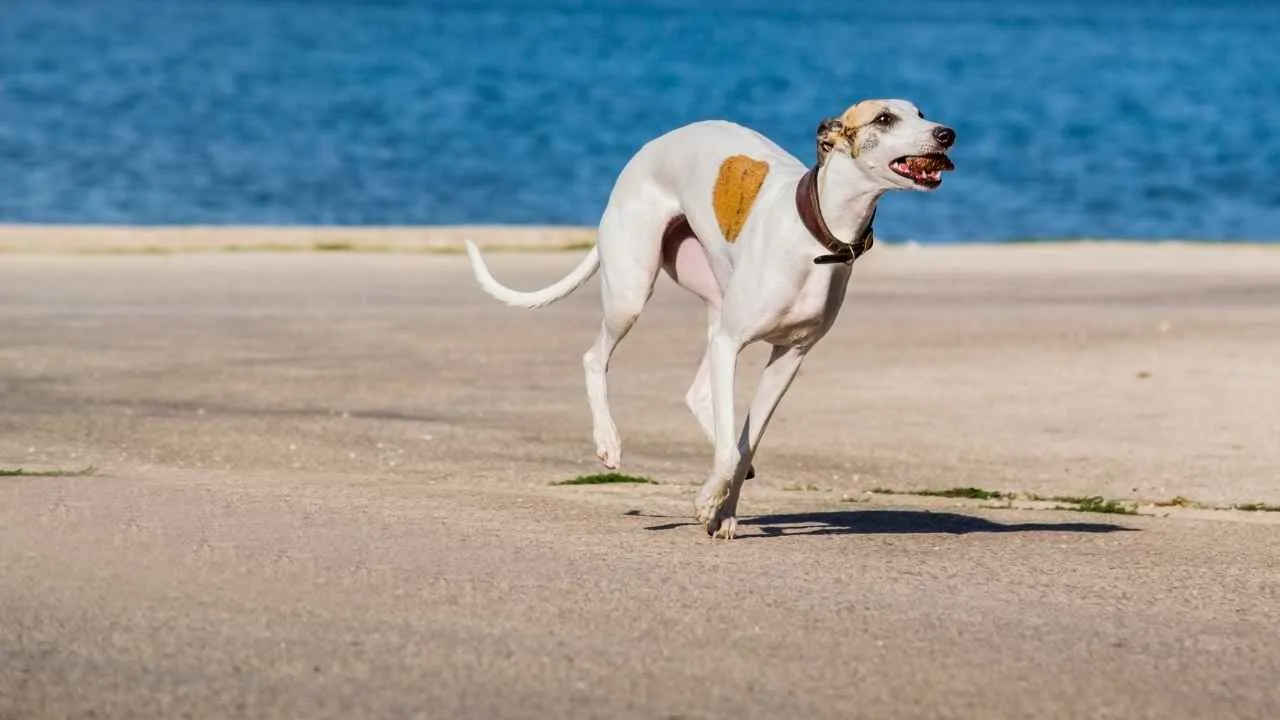
The Whippet, also known as the “poor man’s racehorse,” is a sleek and slender member of the hound group. Originating in England during the 1800s, it was bred by crossing Greyhounds with terriers to produce a smaller, swift racer for working-class sport.
Standing 18 to 22 inches tall and weighing between 25 to 40 pounds, Whippets boast a short, fine coat in a variety of colors. Their streamlined physique, long legs, and deep chest make them born sprinters, while their whiplike tails and tucked abdomens further define their elegant form.
Though bred for speed, these dogs are surprisingly low-maintenance and thrive in both urban apartments and spacious homes. They generally live 12 to 15 years and are relatively affordable compared to other purebreds.
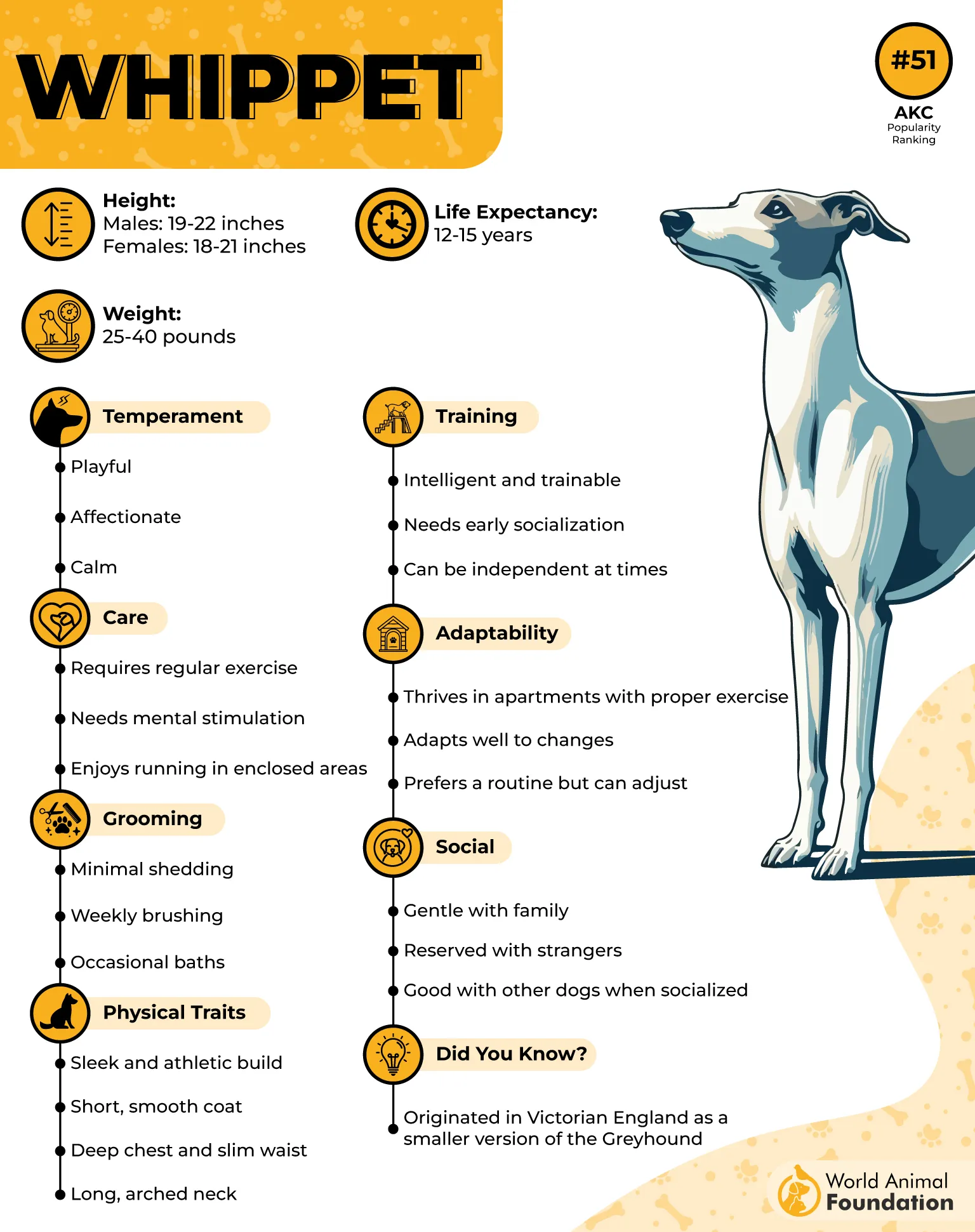
Temperament
Whippets are often described as the epitome of calm and typically quiet. These affectionate dogs are devoted to their families and rarely bark unless provoked.
They are gentle with children and coexist peacefully with other pets, especially when socialized early. While they can be reserved with strangers, their loyalty and laid-back attitude make them comforting companions in quieter homes.
Fun Fact: Whippets, despite their speed, are known as “couch potatoes” indoors, often happiest lounging quietly beside their owners.
7. Japanese Chin

Known also as the Japanese Spaniel, the Japanese Chin is a noble toy breed with an aristocratic air. Though its origins trace back to China, this breed gained prominence in Japan, becoming a prized companion of imperial families.
Standing about 8 to 11 inches tall and weighing between 4 to 9 pounds, the Chin’s elegance is highlighted by its long, silky coat and signature plumed tail that arches over its back. Their coats, commonly in black and white, lemon and white, or sable and white, require moderate grooming. With a life span of 10 to 14 years, these small dogs thrive in calm indoor environments.
Their expressive, wide-set eyes and feathered ears give them an alert yet composed look, contributing to their poised demeanor. Though not excessively costly, the breed’s regal allure makes it highly sought after among those seeking a pretty, quiet, and affectionate companion.
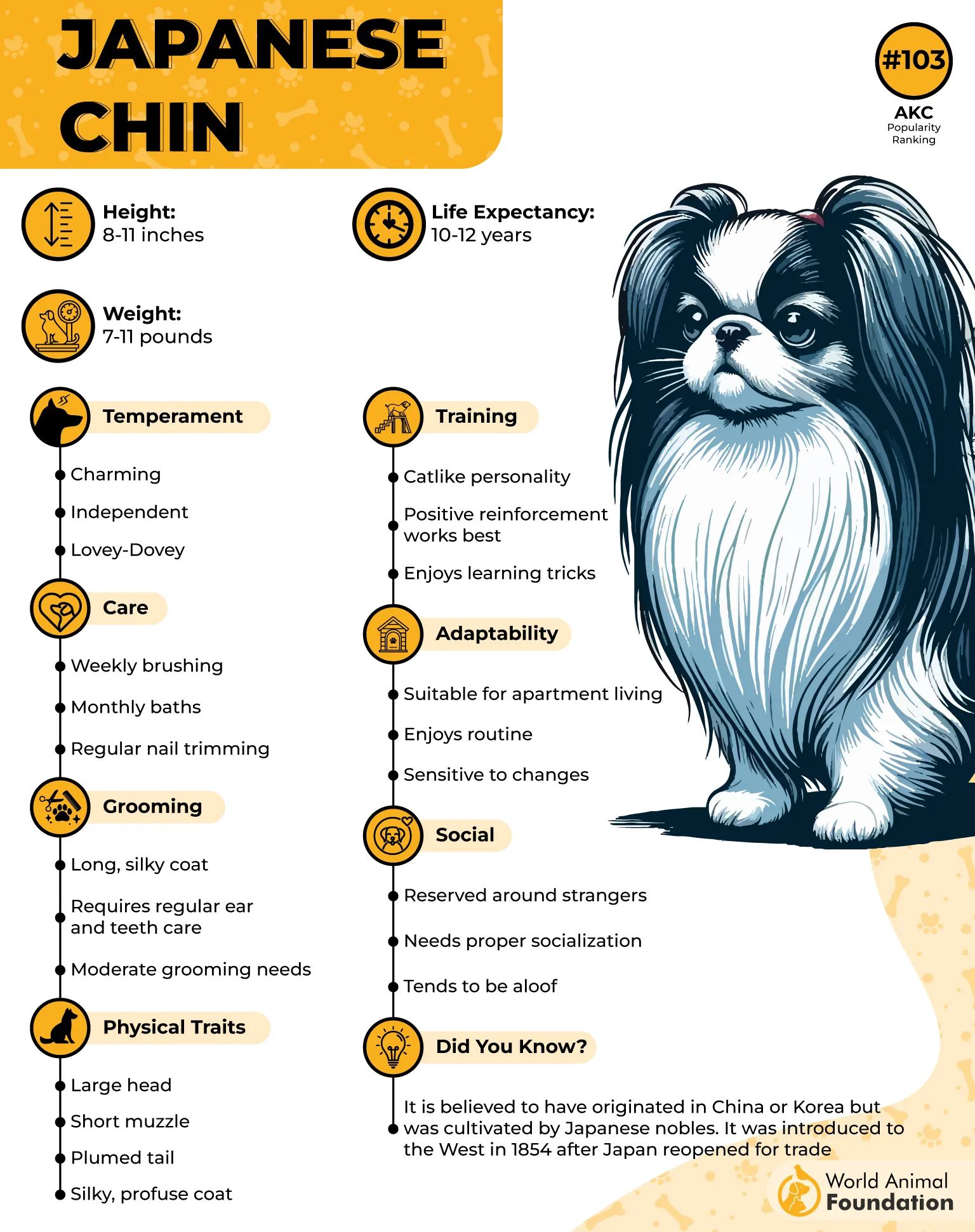
Temperament
The Japanese Chin is adored for its charming, composed personality. Unlike many small breeds, it is not naturally yappy and prefers quiet companionship over constant vocalization. These dogs are affectionate, dignified, and often likened to cats in behavior, content to observe calmly or curl in a lap.
While they enjoy gentle play, they are not overly demanding and get along well with children and other pets. However, they may vocalize if anxious or neglected. Their sensitivity and calm demeanor make them ideal for peaceful households.
A fun fact: These toy dogs are more prone to snoring than barking, a side effect of their flat, brachycephalic faces.
Conclusion
In a world full of daily noise and constant buzz, choosing a quiet dog breed can offer welcome relief. Whether you’re living in a close-knit apartment or simply cherish a peaceful home environment, breeds that rarely bark—like the graceful Japanese Chin—bring calm without sacrificing companionship. Their gentle temperaments and naturally quiet nature make them ideal for people who value serenity and prefer pets who don’t resort to excessive barking at every shadow or sound.
Other mellow-mouthed options include the affectionate Cavalier King Charles Spaniel, the stoic yet loving Bernese Mountain Dog, and the dignified Shiba Inu, each with unique personalities. Even the playful Shih Tzu, often underestimated for its vocal restraint, makes a lovely, composed companion. Regardless of the breed you choose, regular checkups and guidance from professionals in veterinary medicine can help ensure your quiet pup stays healthy, happy, and well-adjusted in their peaceful role at home.


